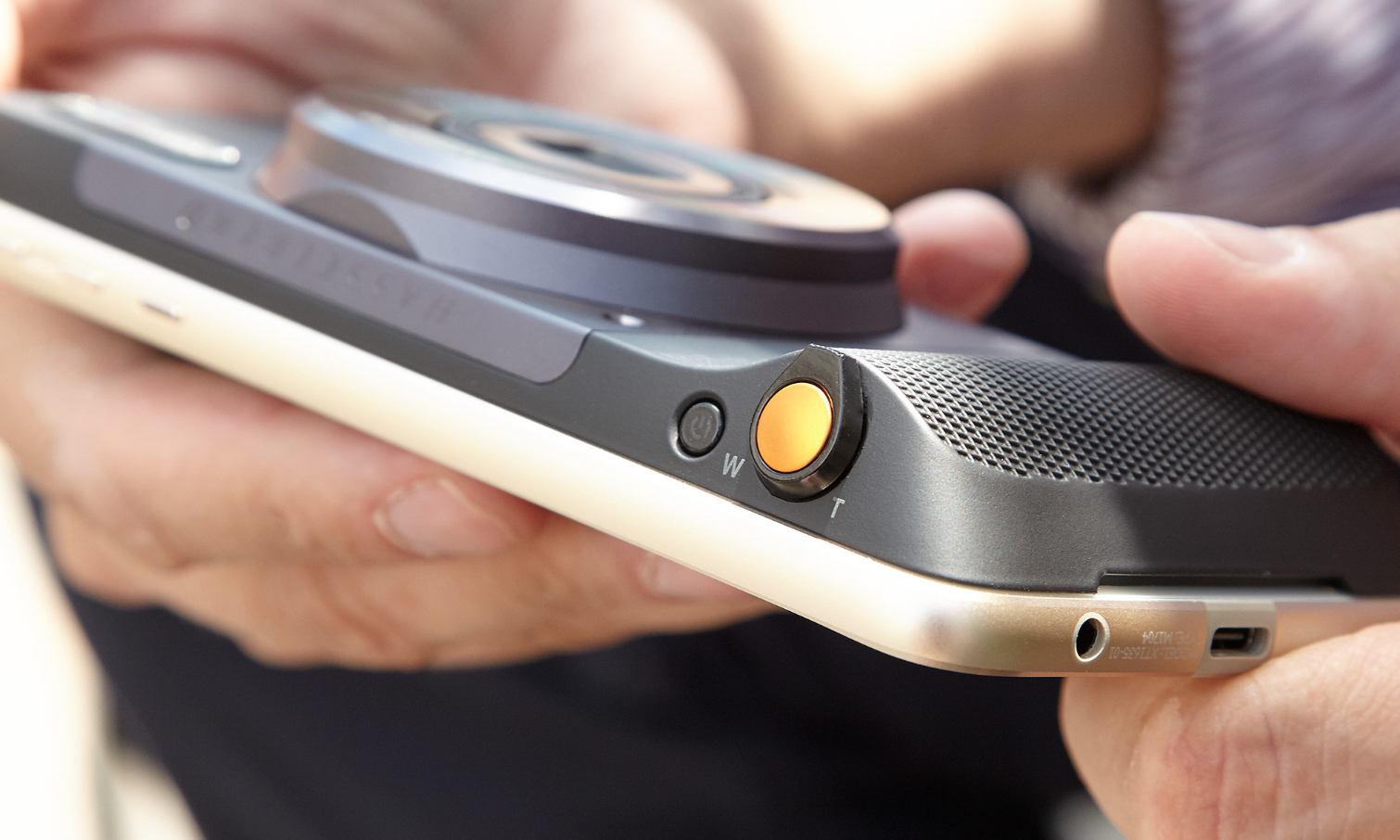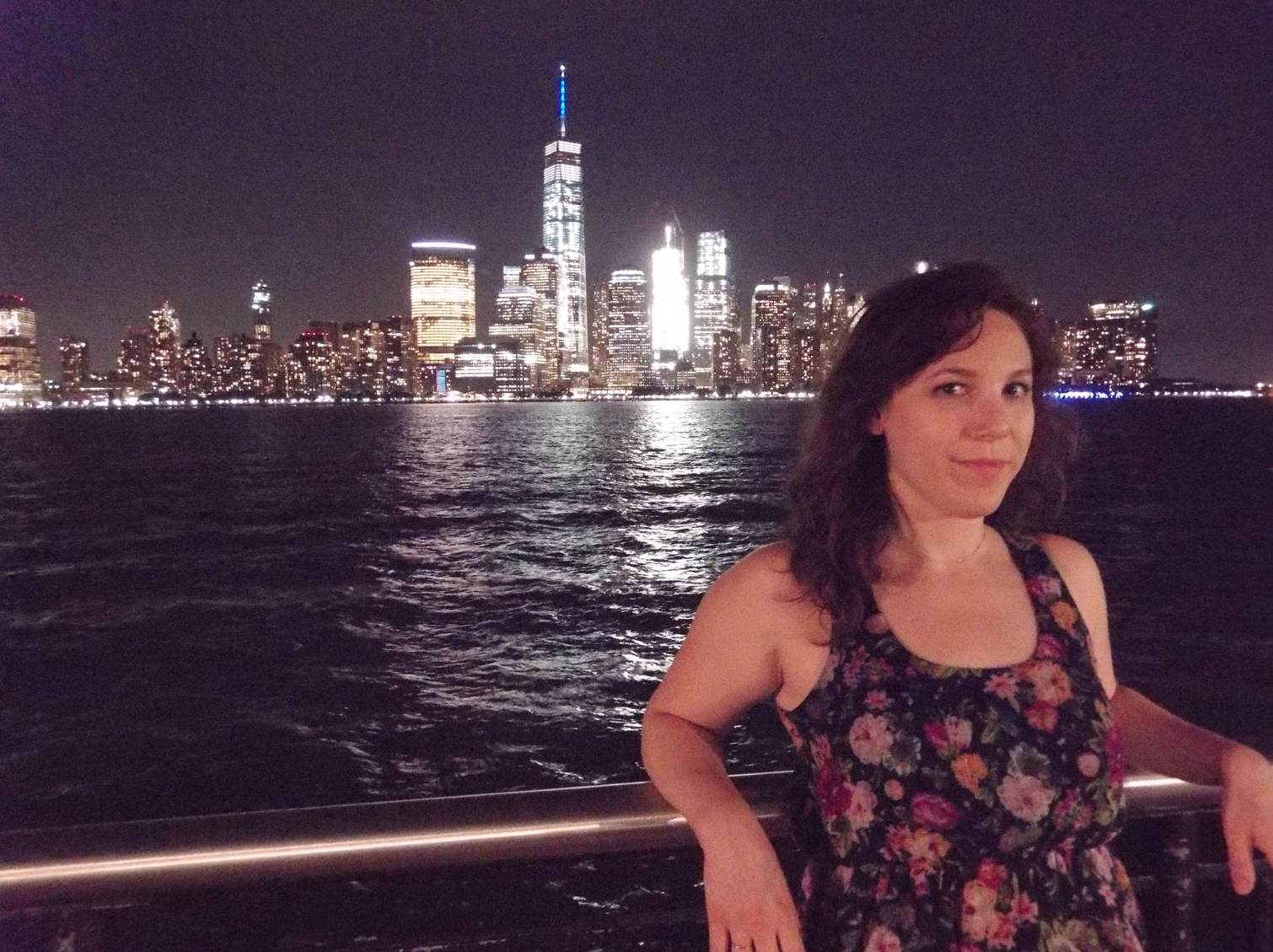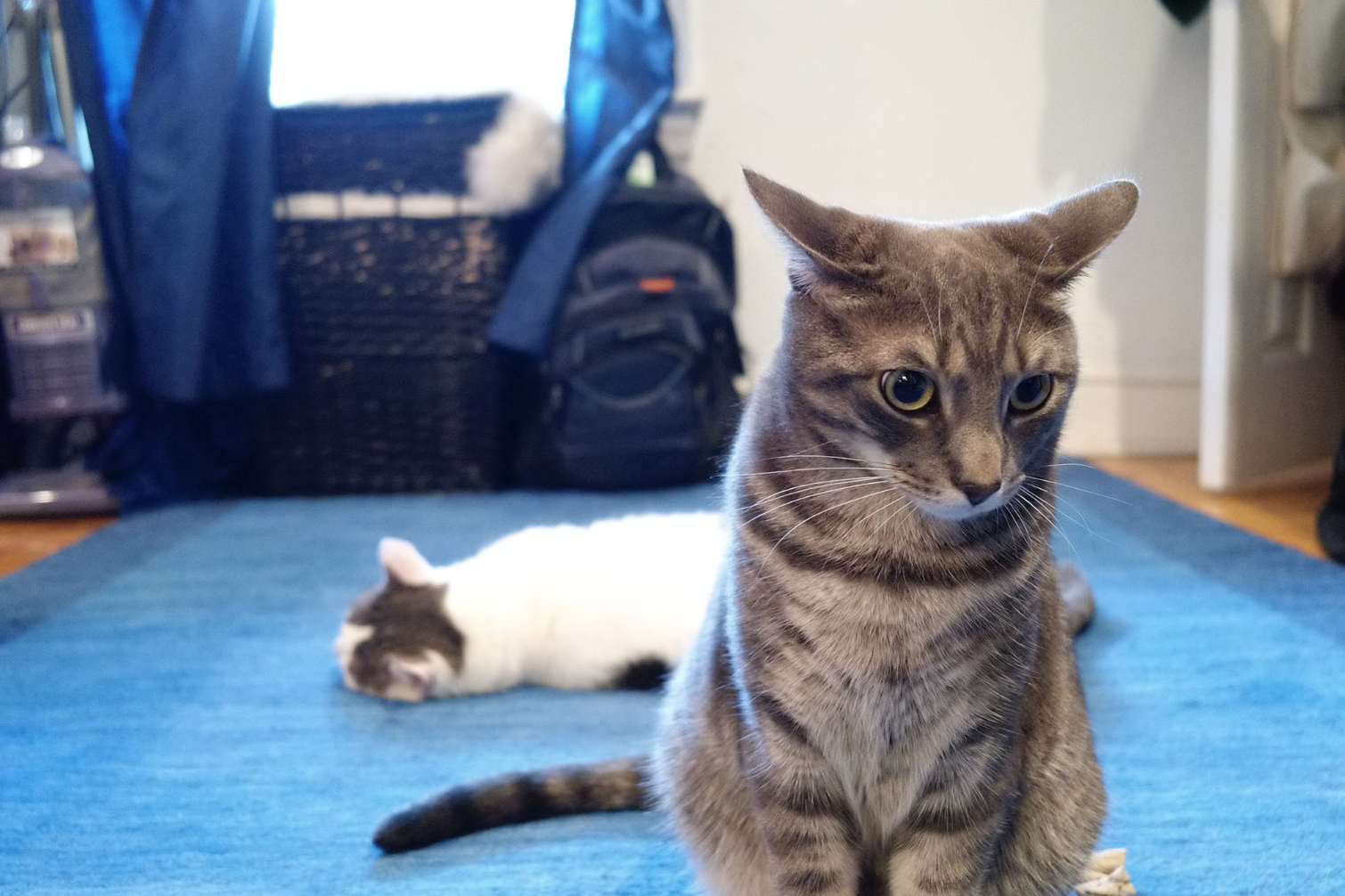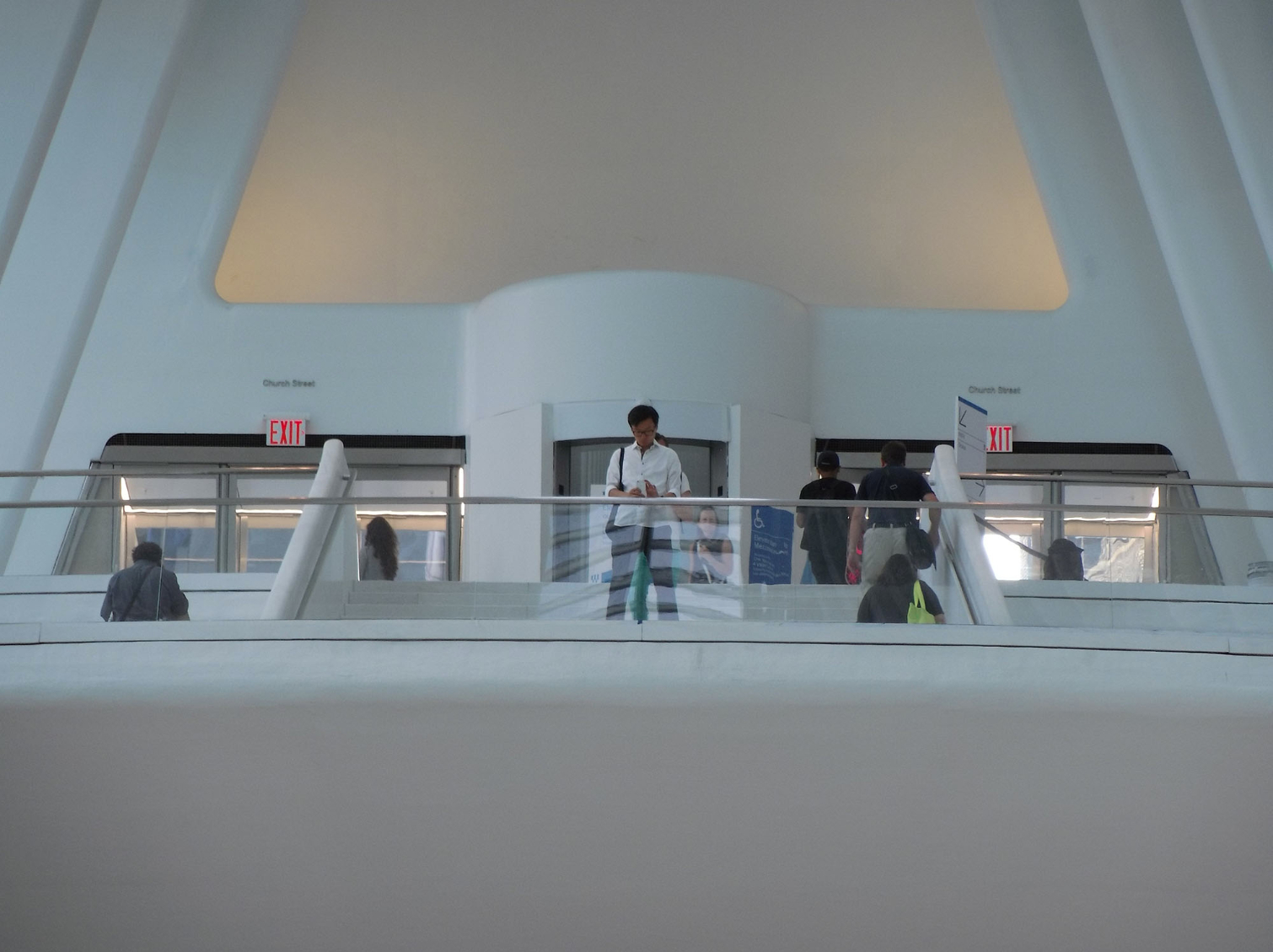Tom's Guide Verdict
The Hasselblad True Zoom Mod for Moto Z smartphones is an expensive add-on that takes lousy photos.
Pros
- +
Great telephoto
- +
Attaches easily to Moto Z phones
Cons
- -
Struggles in low light
- -
Bulky
- -
Middling photo quality
Why you can trust Tom's Guide
Smartphone cameras have improved dramatically in recent years, but they still can’t touch the quality offered by many compact cameras, simply because the size of the sensor in a phone is much smaller. The Hasselblad True Zoom, the latest mod for Lenovo’s Moto Droid phones, offers the promise of better photos, without needing to carry around too much extra bulk.
We tested the $250 True Zoom with the Moto Z Play from Verizon, the third Moto Droid phone that works with mods, magnetic attachments that add functionality to the phone (the True Zoom also works with the Moto Z Droid and Moto Z Force). Unfortunately, this camera accessory needs a lot more development.
Design
The Hasselblad name has long been associated with high-end medium format cameras designed for professional shooters — it’s the camera that went to the Moon — so it’s a little surprising to see the company dipping its toes into this market. It’s yet another attempt to combine a smartphone with a premium camera, along the lines of the Samsung Galaxy Camera and the Nokia Lumia 1040.

The True Zoom mod looks like someone sliced the back half off of a point-and-shoot. Looking at the add-on from the front, there’s a nice rubberized grip on the left side, a large retractable lens in the middle, and a sizeable Xenon flash in the upper right. The top of the mod has an orange shutter button with a zoom toggle, as well as a small power button.

Like other mods, the True Zoom connects to the Z Play magnetically, and did so securely. I never worried about the two pieces accidentally separating.

At 6 x 2.9 x 0.59-0.35 inches and weighing 5.1 ounces, the True Zoom is as large and heavy as the phone itself. Combined, you’re carrying nearly 11 ounces, but I was pleasantly surprised at how easily it slid into my pants pocket. Still, it’s a lot bulkier than the 3.8-ounce DxO One, a somewhat similar camera accessory for the iPhone.

Holding the shutter button halfway will lock the focus; a small yellow circle appears in the center of the screen, along with a little lock icon. Also appearing is a small sun icon, which you can drag around the circle to adjust the exposure. It’s a handy little shortcut, though it was sometimes laggy. To be fair, the camera app was still in beta at the time of testing.
MORE: Camera Recommendations for All Kinds of Photographers
Controls and Capabilities
At first glance, the camera app interface is surprisingly basic. Along the left are two icons for self-timer and flash control, and the right side has a camera icon at top, a shutter button in the middle, and a button at the bottom to switch from the front to the rear-facing camera. At launch, additional capture modes, including Professional, Night Landscape, Night Portrait, Sports, and Day Landscape will be added, as well as a RAW shooting mode.

If you press the camera icon at the top, you can switch to manual, panorama or video modes. The manual mode lets you adjust focus, white balance, shutter speed, ISO and exposure compensation. I liked that, as I made changes, the screen gave me a live preview. However, you can’t adjust the aperture (f stop), something you can do with the DxO.

Another nice thing about the True Zoom mod is that you’re not locked into using the default app; it will recognize any camera app, and automatically turn on once you launch the app.
The True Zoom has an ISO range from 100 to 3200, an aperture range of f/3.5-6.5, and shutter speed from 1/2000 sec to 4 seconds. That’s a lot more limited than the DxO One, which has a aperture range of f/1.8 to f/11, ISO from 100 to 51,200, and shutter speeds from 1/20000 to 30 seconds. However, the True Zoom has a 10x optical zoom, something the DxO does not.
The True Zoom’s sensor (a 1 /2.3-inch BSI CMOS) is the same size as that found on compact cameras such as the Nikon Coolpix S9900. At 12 megapixels, it actually has a lower resolution than the native 16-MP camera on the Z Play itself. However, the sensor on the True Zoom is much larger (each pixel is 1.55 nanometers), which should result in much better photos overall. The DxO camera has a 1-inch BSI CMOS sensor with a resolution of 20.2 MP.
Both the True Zoom and the DxO can record video at a max resolution of 1080p/30 fps.
MORE: Best Action Cameras
Keep in mind that, unlike the DxO, the True Zoom lacks its own battery and storage, so you’ll want to make sure you have a large microSD card and a full charge on your Droid phone. I didn’t notice a drain on the Moto Z Play’s battery, but then again, that phone lasted nearly 14 hours on our Battery Test.
Photo Comparisons: Not so Hot
I tested the True Zoom, as well as the Droid Z Play, alongside the Galaxy S7 Edge, our favorite smartphone camera. I also compared it to the DxO One (connected to an iPhone 6s), and the Sony Alpha A6000, a mirrorless camera. I shot everything in Auto mode, to see how each camera would adjust to its surroundings.
The first shooting scene featured a portrait of a woman set against a nighttime view of lower Manhattan; this is a fairly tricky setup, as the camera has to make sure the foreground subject is bright enough, without blowing out the background.
Here, the True Zoom performed the worst out of the bunch: the image was the grainiest, it had the least contrast, the woman had a reddish hue, and the lights from the skyscrapers in the background were blown out.

The Droid Z Play’s built-in camera was better, showing much less grain and more accurately showing the woman’s skin tones

Of the built-in cameras, the S7’s performed the best. Although the woman had a reddish hue, both her and the background were exposed properly, and I could see a great amount of detail in the buildings behind her.

The DxO prioritized the woman, making her skin tones look the closest to real life, but it also blurred the background (the result of the camera using f/1.8) and blew out the buildings.

The Sony A6000, not surprisingly, was the best of the bunch.

When I turned on the flash for each camera, the Hasselblad went way overboard, making the background virtually disappear; that’s because the flash was on full blast, with no way to adjust its level.

The Droid Z Play did better here, too, mainly because it has a weaker flash.

Still, it was no match for the Galaxy S7, which illuminated everything well.

The DxO did a decent job with lighting, but again made the background a bit too bright.

Pets are some of the more-photographed subjects, and Mervin (foreground) and Walter (background) were surprisingly patient as I shot them under indoor incandescent lighting.
MORE: Best Lens Kits for iPhone Photographers
Here, too, the True Zoom failed to impress. While it wasn’t the worst of the bunch, there was a yellowish cast, and I could see a bit of graininess in the white background.

The Droid Z Play’s camera did a slightly better job in some respects, but also overexposed Walter’s white fur.

DxO’s camera here proved to be far and away the best, completely eliminating the yellow color cast, and capturing Mervin in sharp detail. It even outperformed the Galaxy S7 and the Sony A6000, both of which had a yellowish hue.



Next, I photographed a hibiscus flower, to see how well the True Zoom captured colors.
Overall, colors were nice and rich, but there was a bluish cast to the Hasselblad’s image that wasn’t there with other cameras.

The Droid Z Play’s photo was brighter, but didn’t get the reds and pinks as vividly.

The Galaxy S7’s shot also had a slightly cool look, but I also like how it had greater depth of field (a blurrier background) than the Hasselblad’s image.

The DxO’s shot also had great depth of field, and the richest colors, too.

Lastly, I took some photos inside the new transit hub at the World Trade Center. Here, the Hasselblad True Zoom worked well, accurately capturing the white of the station’s ribs, even if the shot was a bit dark for my tastes.

Dxo’s shot was a bit warmer, pulling out more reddish tones.

The Galaxy S7’s photo was a bit brighter, but also had a slight greenish cast.

However, the Droid Z Play’s shot was even greener, making it the least appealing of this set.

The True Zoom lives up to its name in one respect; its optical 10x zoom, which has the equivalent of a 25-250mm zoom, proved excellent. See the guy on the balcony in this shot?

Now see him when I zoom in.

Availability
The Hasselblad True Zoom will be available September 15 through Verizon for $249, and on Motorola.com for $299.
MORE: These Smartphones Can Replace a Compact Camera
Bottom Line
It’s sad to see Hasselblad’s name on something as mediocre as the True Zoom. Aside from its telephoto capabilities, this camera struggles in low light conditions, and in other situations, doesn’t offer anything better than you’d get from the Samsung Galaxy S7’s camera—not to mention the Moto Z Play’s camera, too. I hope that Lenovo can remedy the issues I encountered through firmware updates, because as it stands, the True Zoom is all flash, and no substance.

Michael A. Prospero is the U.S. Editor-in-Chief for Tom’s Guide. He oversees all evergreen content and oversees the Homes, Smart Home, and Fitness/Wearables categories for the site. In his spare time, he also tests out the latest drones, electric scooters, and smart home gadgets, such as video doorbells. Before his tenure at Tom's Guide, he was the Reviews Editor for Laptop Magazine, a reporter at Fast Company, the Times of Trenton, and, many eons back, an intern at George magazine. He received his undergraduate degree from Boston College, where he worked on the campus newspaper The Heights, and then attended the Columbia University school of Journalism. When he’s not testing out the latest running watch, electric scooter, or skiing or training for a marathon, he’s probably using the latest sous vide machine, smoker, or pizza oven, to the delight — or chagrin — of his family.
-
Anomy_ "I also like how it had greater depth of field (a blurrier background) "Reply
Actually, a blurrier background means less depth of field.

